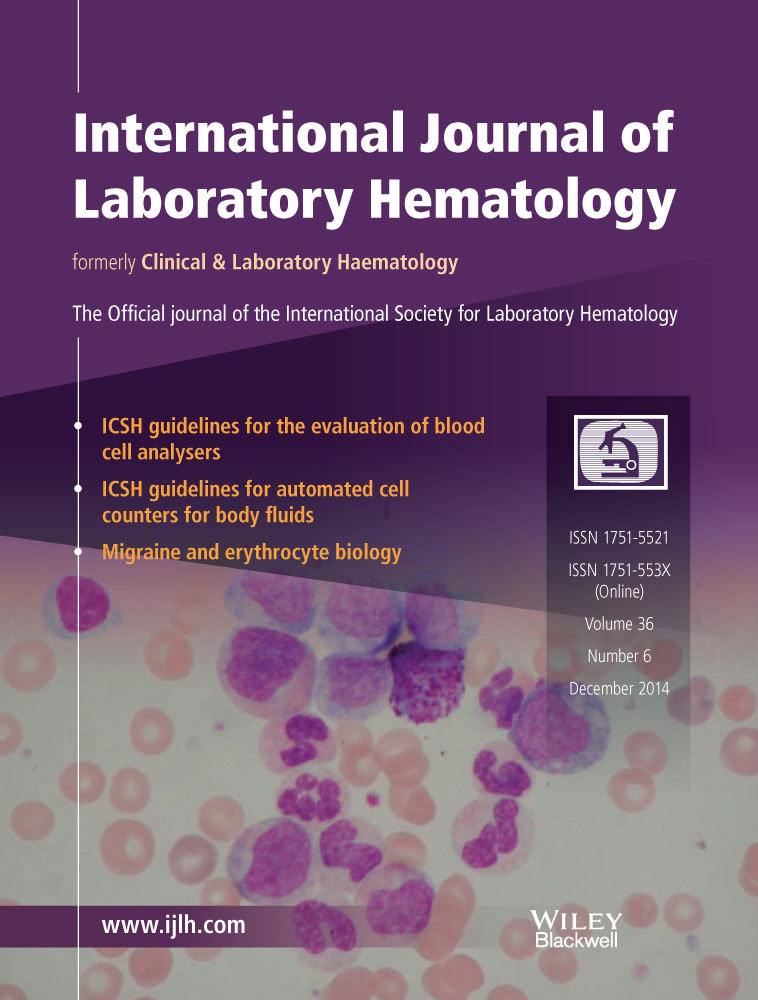Fifty years of the ICSH: 1964 to 2014
The year 2014 marks 50 years since the founding of the International Council for Standardization in Haematology (ICSH). It is therefore appropriate that, for the first time, a list of ICSH publications since 1964 has been compiled and archived at www.icsh.org.
The ICSH was first initiated as a standardization committee by the European Society of Haematology (ESH) in 1963 and then officially constituted by the International Society of Hematology (ISH) and the ESH at the Xth World Congress of the ISH in Stockholm in 1964 1.
The ICSH is a not-for-profit organization that co-ordinates Working Groups of experts to examine laboratory methods and instruments for haematological analyses, to deliberate on issues of standardization and to stimulate and co-ordinate scientific work as necessary towards the development of evidence-based guidelines and international standardization materials. The ICSH has been formally recognized as a Non-Government Organization in official relations with the World Health Organization since 1968. Over the past 50 years, the ICSH has been chaired by Dr Jan Spaander (1963–1982), Dr S. Mitchell Lewis (1982–1994), Dr Onno W. van Assendelft (1995–2005) and Dr Samuel J. Machin, who was appointed Chair in 2007 when the ICSH was revived following the retirement of many of its senior members 2.
The ICSH now meets twice a year, at the annual meeting of the International Society for Laboratory Hematology (ISLH) and at any other venue determined by the ICSH Board. Working Groups are structured to include experts with a broad international representation where possible. Affiliate membership of the ICSH is open to all international, regional or national haematological societies, who may send representatives to attend General Assemblies of the ICSH. Corporate membership is open to industrial corporate sponsors. Recent guidelines have been published on the evaluation of blood cell analysers 3, automated cell counters for body fluids 4, the validation of cell-based fluorescence assays 5-9, schistocytes 10, the measurement of haemoglobin A2 11 and haemoglobin F 12, the standardization of bone marrow specimens and reports 13 and point-of-care testing for the complete blood count 14 as well as a new reference material for a haemoglobin standard 15.
Overall, the ICSH have published over 150 guidelines and recommendations since 1964. Many of the earlier guidelines and all guidelines dating from 2008 may now be accessed free of charge at www.icsh.org.




